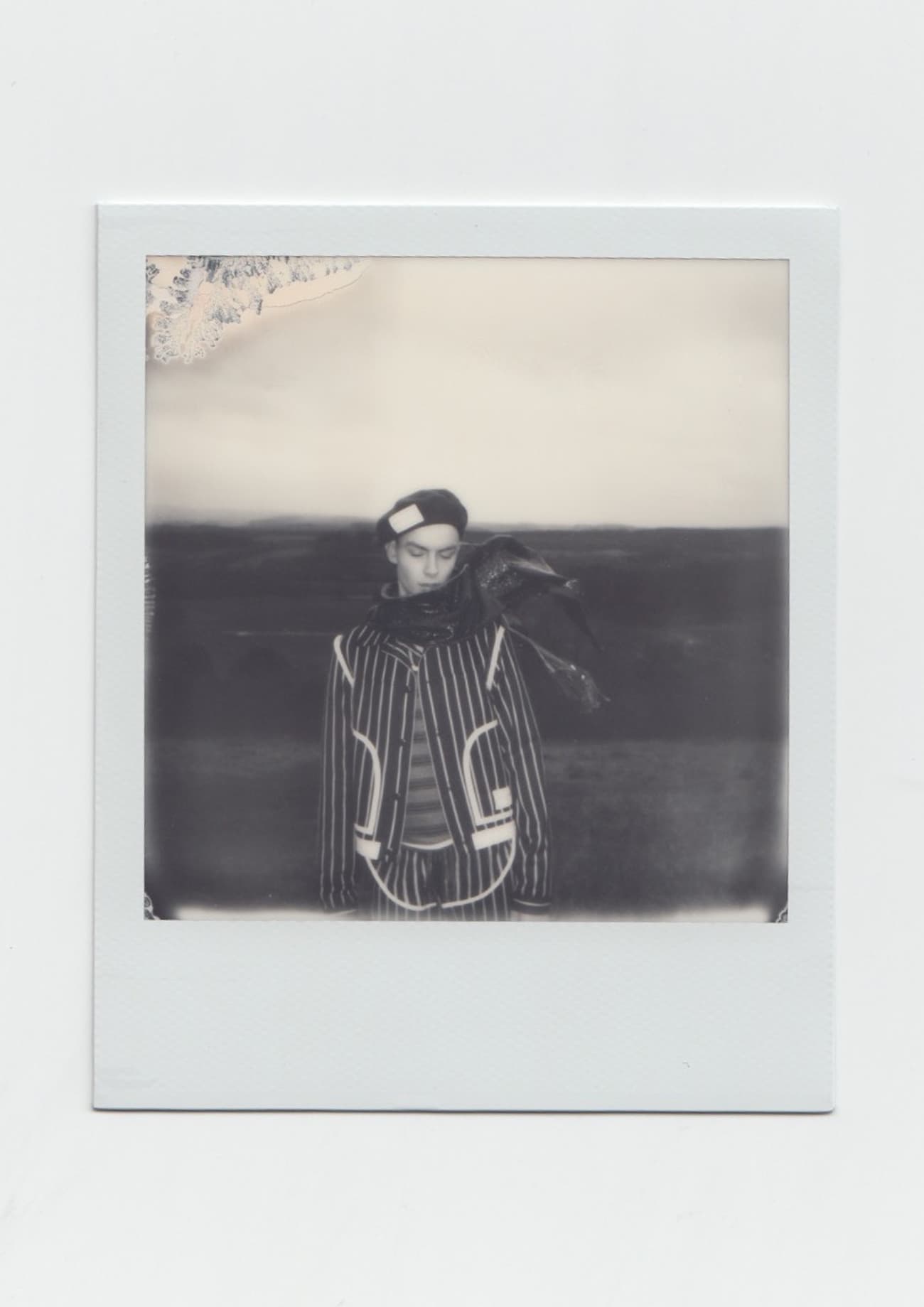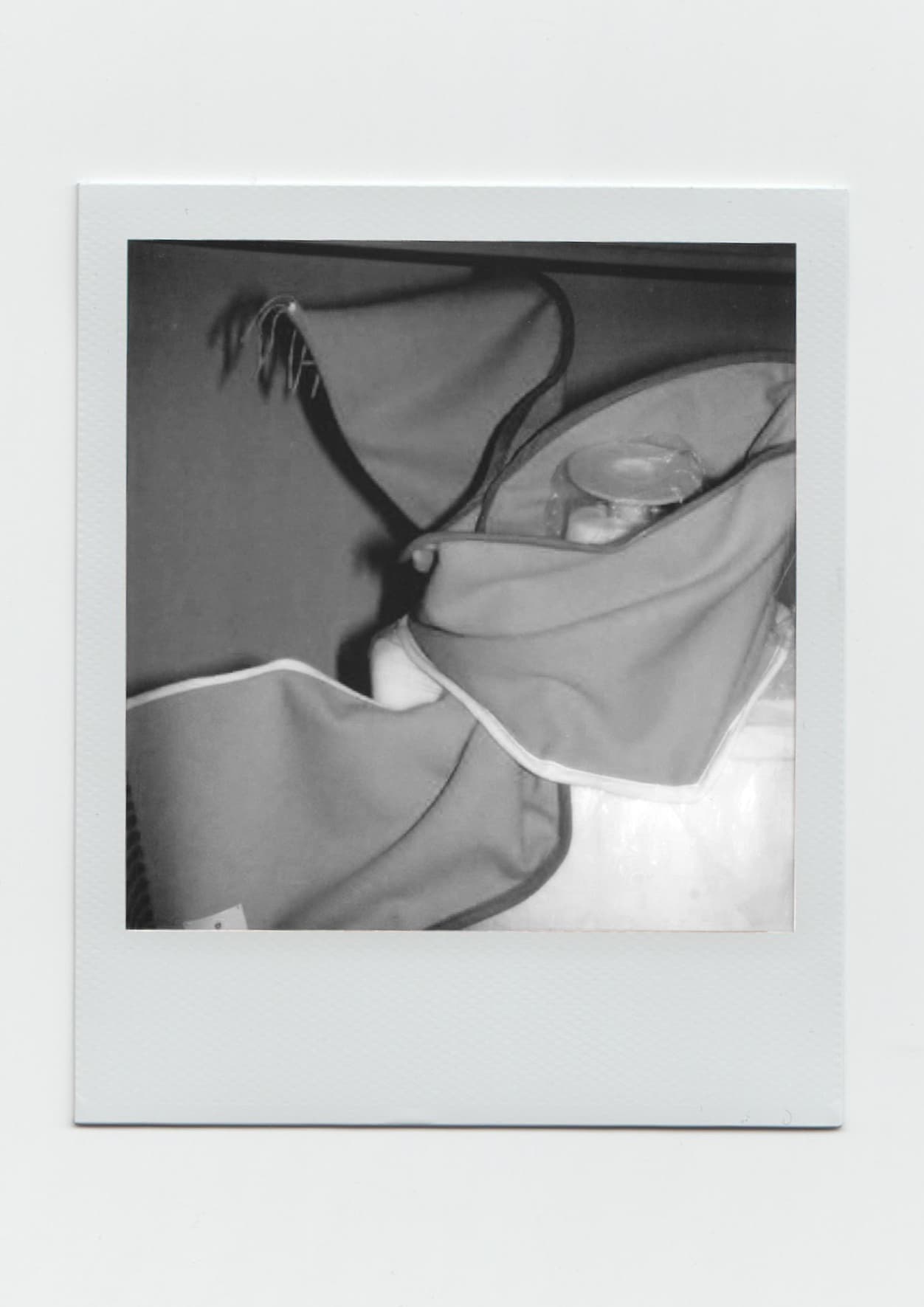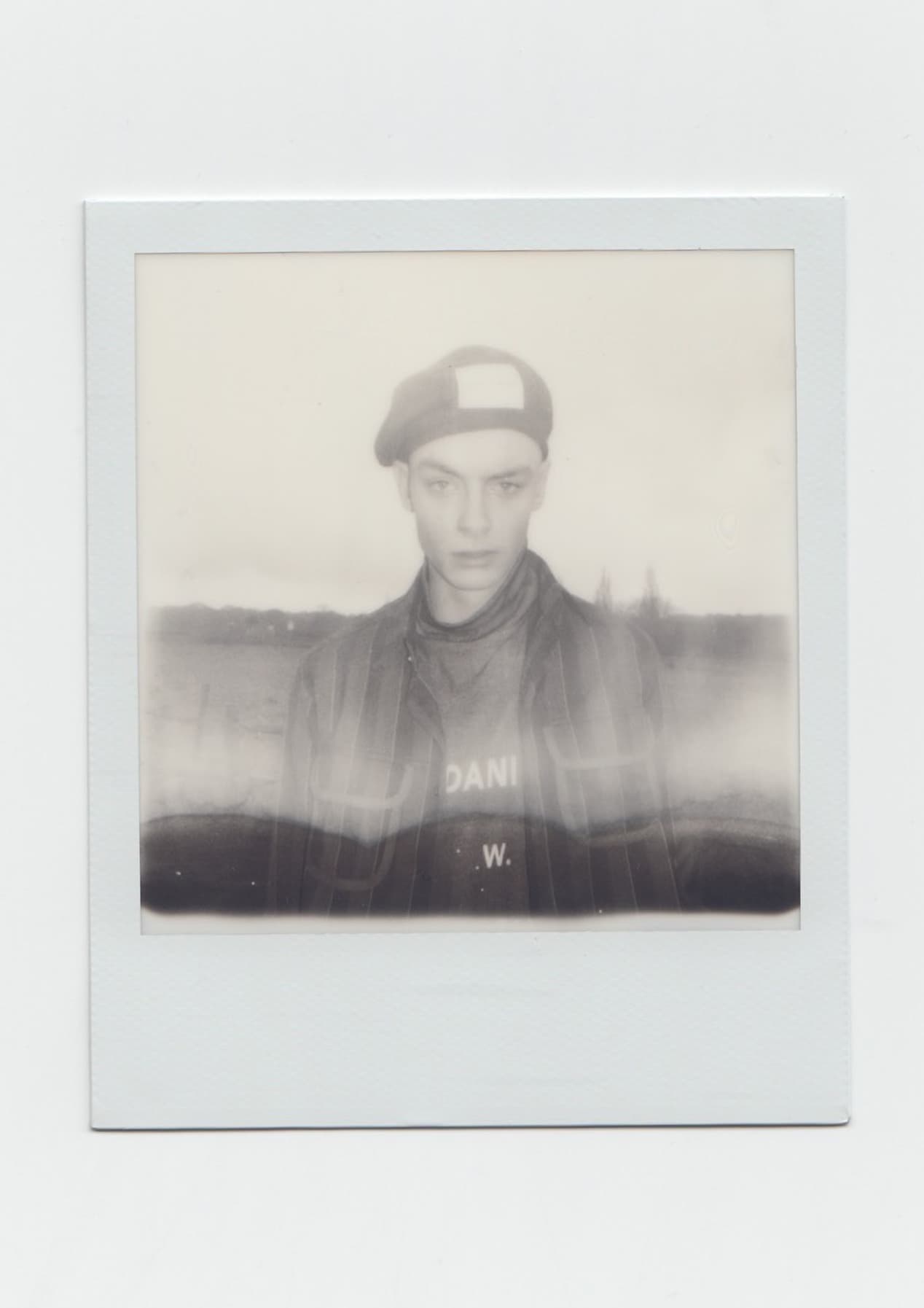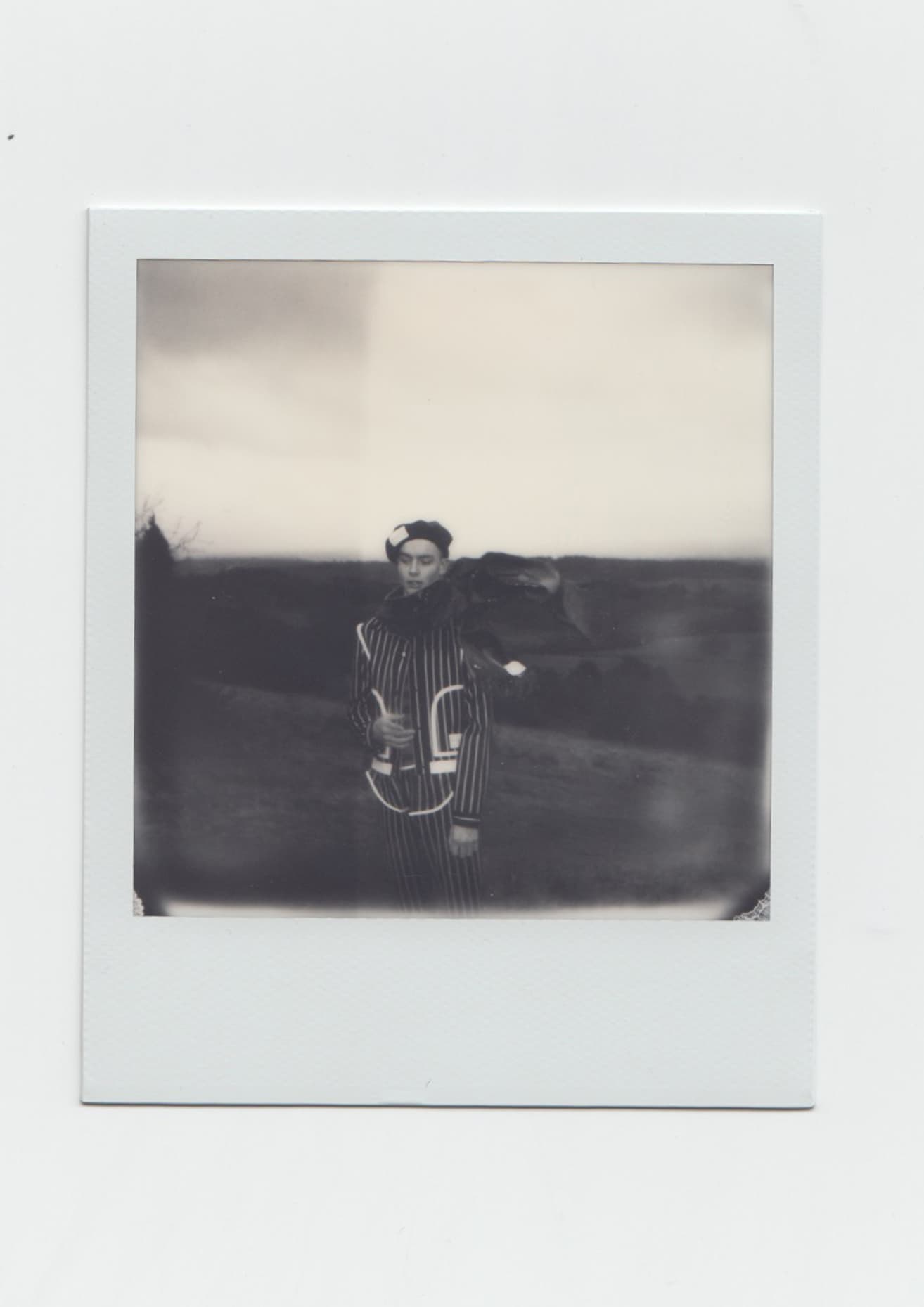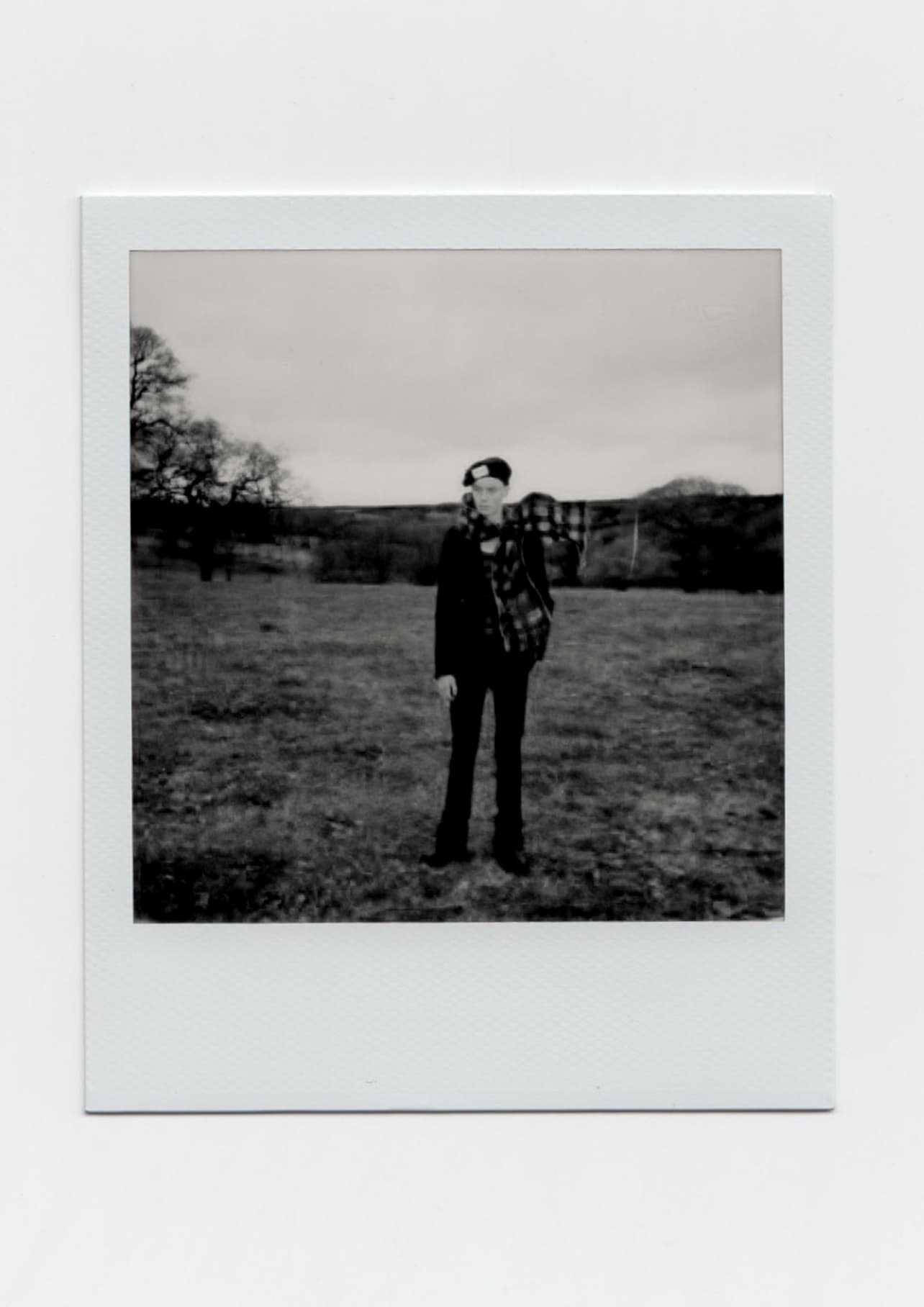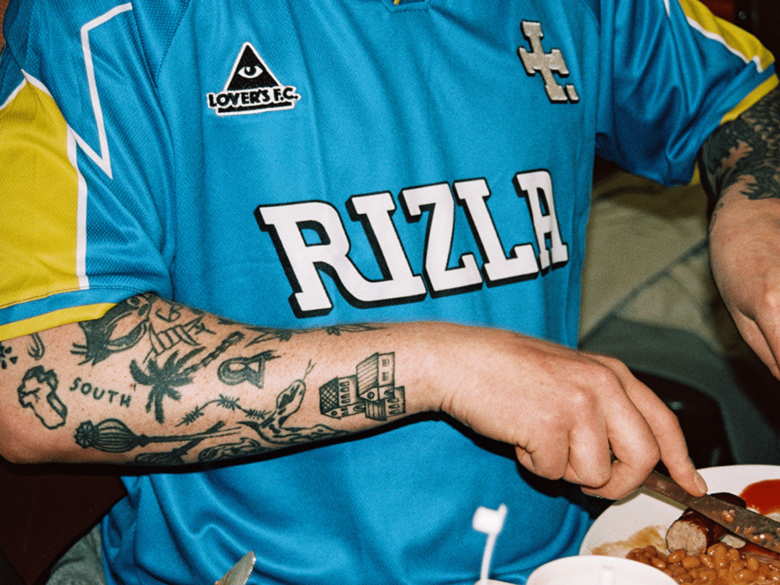In 2016, 90 per cent of UK designer businesses stated their preference to remain in the European Union. Fast forward a couple of years – and with the UK’s political climate in turmoil (understatement) – fashion’s upset over the great British breakup is not budging.
Since menswear designer Daniel W. Fletcher set up his eponymous label after graduating from Central Saint Martins, he’s set his sights on exploring youth subcultures, Britishness and politically minded power dressing. His most recent collection, below, is a direct response to Brexit and the threat that our mills and many fashion institutions face. We caught up with the U.K’s finalist for the International Woolmark Prize to talk the future of fashion and the art of rebellion.
Hey Daniel! What was the starting point for this collection? How would you describe the overall aesthetic?
It’s sort of like if Harry Potter got high with Hagrid in the forbidden forest and turned all of his clothes inside out then someone fired a freezing spell and it just caught his scarf. Hopefully in a chic way made from really beautiful British wools.
What was on your moodboard?
There were a lot of photos of school uniforms and sports kits, particularly from the 70s (a time constantly referenced in my collections), stills from the film KES and lots of fabrics from British mills.
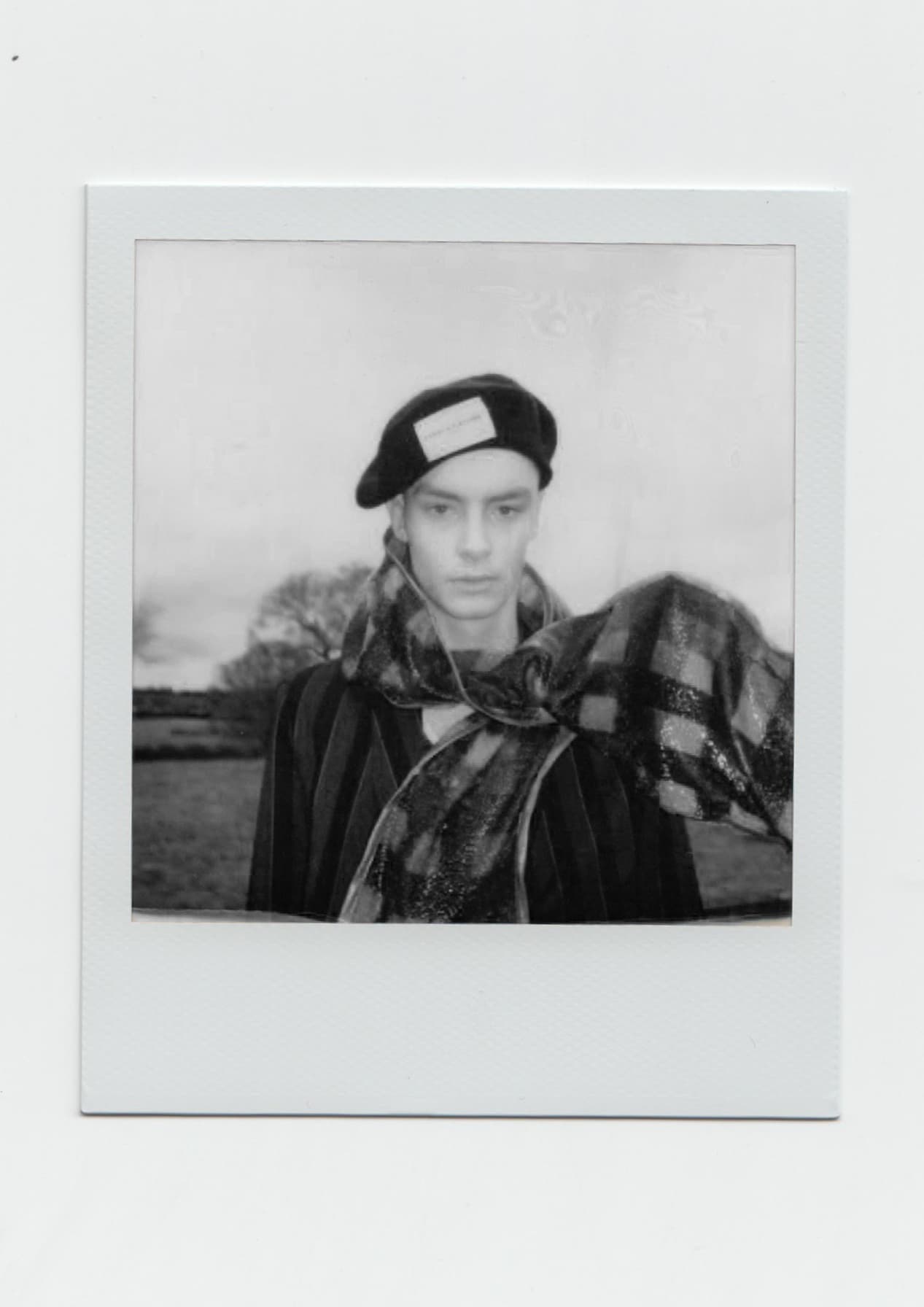
How does this collection draw on the social and political climate today?
I was thinking a lot about arts education when I was designing this collection as there is a real issue with this in the UK at the moment (which is how I ended up looking at all these school uniforms). There has been a sharp decline in students taking arts subjects because schools and the government class them as less important, which is insane when you think that the fashion industry is the fastest growing sector in our economy. I wanted to draw attention to this with my collection and use it as a way to encourage young people to study and pursue creative subject.
You also looked to John Bulmer’s photography, why were you drawn to his style and subject matter? Can you draw any similarities to what he was interested in studying then in the 60s/70s versus now?
When I received my nomination for the prize, I was introduced by Woolmark to all of these amazing mills in the North of England which made me think about my own heritage (I am from Chester in the North-West). I visited a couple of them and it reminded me of John Bulmer’s images of the North in the 60’s and 70’s. He captured a real sense of unrest in his photographs, a time of political uncertainty which feels not dissimilar to todays climate with Brexit looming over us.
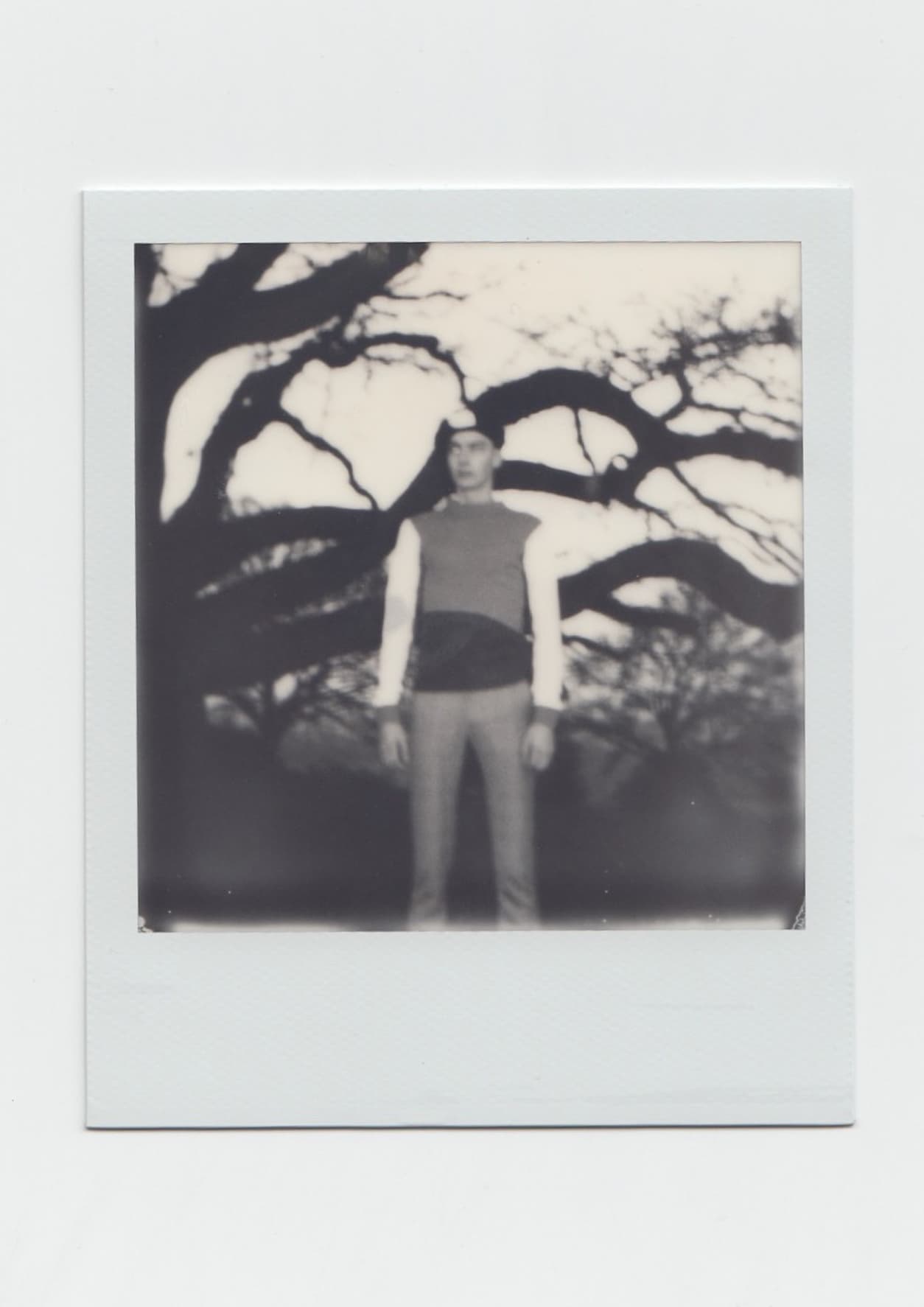
What is the biggest threat of Brexit for young designers working today?
I think one of the biggest is the loss of cross border collaboration, when I think about the companies I have worked or when I studied at Central Saint Martins, I have always been surrounded by teams of all different nationalities. Coming up with ideas together and all drawing from our mixed cultural upbringing is something very special and closing our borders will threaten this. I feel so lucky to have been able to go to Paris for my placement year (which was funded by the EU) to learn my craft in some amazing French houses, it saddens me to think that this is an opportunity which is being taken away from future young designers.
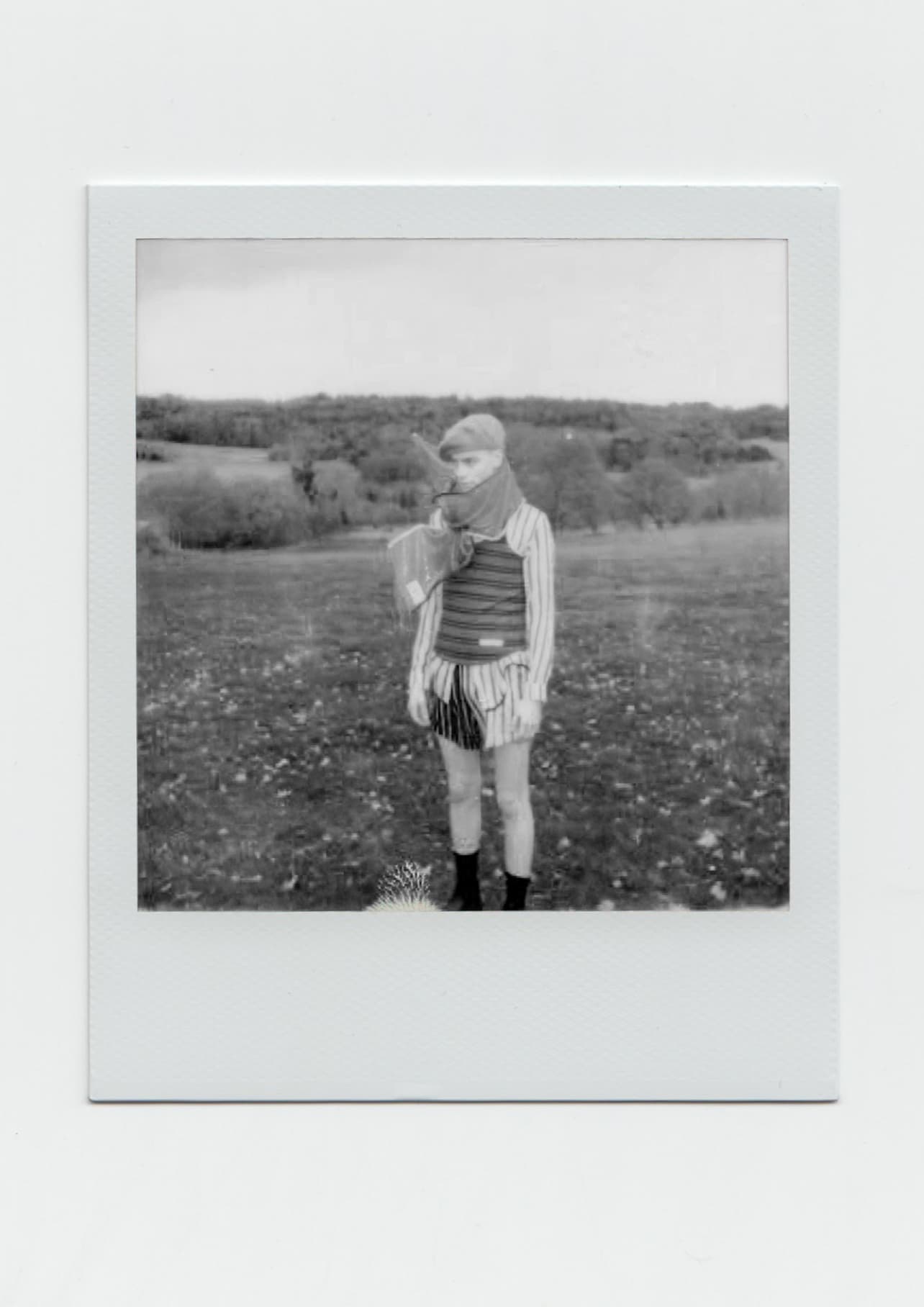
The future of fashion in one word?
Sustainability. This needs to be at the top of every designer, buyer, consumer, retailer list or there won’t be any future.
For further information and updates on the London menswear designer to know, you can follow on Instagram @danielwfletcher and online via danielwfletcher.com.
